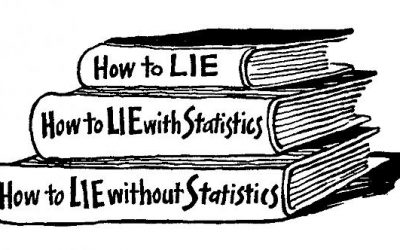Over time, the use of big data and advanced analytics is becoming less of an option and more of a requirement. Already, a quarter of investors report revisiting their opinion of a company based on its data and analytics strategy, and by 2018 this number is predicted to be as high as 45%. However, corporate culture can be resistant to change, clinging on to age-old decision-making processes.
 Upstarts in business, however, are making the necessary changes to leverage the data they have and turn it into a huge competitive advantage. In an article for InformationWeek, Lisa Morgan looks at six ways of creatively using big data.
Upstarts in business, however, are making the necessary changes to leverage the data they have and turn it into a huge competitive advantage. In an article for InformationWeek, Lisa Morgan looks at six ways of creatively using big data.
- Understanding what data assets you have: this can be a hard one, since so much data is still siloed away and only a few people who should know what is available, do know. Even when a person knows exactly what and where that data is, it is not available in a timely enough manner to properly leverage the asset.
- Share the data: traditionally, data has been IT’s responsibility. However, by limiting BI and data analytics to IT you are doing the rest of the company a disservice. Enterprises need to loosen up a bit here and allow appropriate access to the data across the company. Obviously security and privacy concerns are real, but these should not be used as an excuse to cling on to old habits.
- Pondering new uses of data: hardly any companies realize the full potential of their data. Sometimes though, this challenges the existing order of how we think about competitive success. New data can lead to new ways of measuring achievement. For example, you can measure the success of a promotion by whether sales increased, or by whether it actually stole market share from a competitor.
- Foster collaboration: a common misconception is that data projects are solely driven by data scientists. In reality though, getting from the raw data to an appropriate solution requires many different skill sets. Everyone should contribute to a project, from IT to data scientists to executives. It is necessary, though difficult(!), to get these people to work together sometimes.
- Encourage experimentation and brainstorming: quite often, companies are stuck in the traditional mindsets. Yes, the huge amount of data can be overwhelming and lead to directionless exploration with no practical output, but when this is aligned with a strategic goal it is easier to focus on what enables truly positive change.
- Keep the end goal in mind: the projects that fail are always the ones that have too broad a scope, or an open-ended approach. If you start a project with an end goal in mind, a pathway can be engaged that leads to new discovery that eliminates any false positives.
Big Data and related technologies – from data warehousing to analytics and business intelligence (BI) – are transforming the business world. Big Data is not simply big: Gartner defines it as “high-volume, high-velocity and high-variety information assets.” Managing these assets to generate the fourth “V” – value – is a challenge. Many excellent solutions are on the market, but they must be matched to specific needs. At GRT Corporation our focus is on providing value to the business customer.



